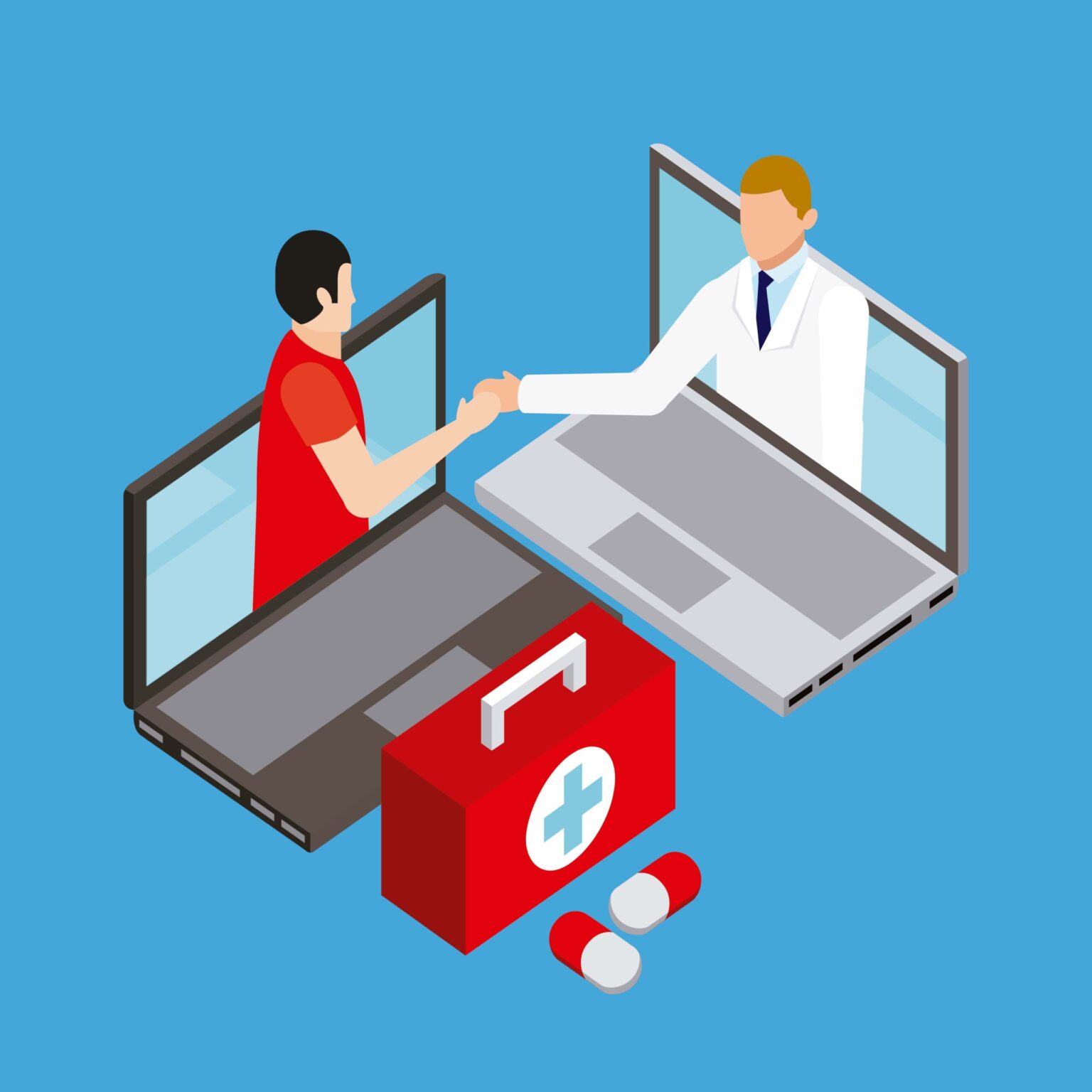Telemedicine plays a crucial role in enhancing critical care in remote settings, particularly in emergency medicine. Here are some ways in which telemedicine enhances emergency care in remote areas:
Remote Consultations: Telemedicine allows healthcare providers in remote areas to consult with emergency medicine specialists located in urban or specialized medical centers. Through video conferencing or real-time communication, remote healthcare providers can seek expert guidance on diagnosis, treatment decisions, and critical interventions for patients in emergency situations. This remote consultation helps ensure that patients receive timely and appropriate care, even when immediate access to specialized emergency care is not physically available.
Teletriage: Telemedicine enables remote healthcare providers to perform triage remotely, assessing the severity of a patient’s condition and determining the appropriate level of care required. By conducting video or audio consultations, healthcare providers can evaluate symptoms, vital signs, and visual cues to prioritize cases, recommend necessary interventions, and guide patients to the most appropriate healthcare facility for further care.
Telestroke Services: Telemedicine has revolutionized the management of stroke cases in remote areas. Through telestroke services, remote healthcare providers can connect with stroke specialists who can remotely assess and diagnose stroke patients, review imaging results (such as CT scans), and provide time-sensitive guidance on the administration of thrombolytic therapy or the need for transfer to a specialized stroke center. This improves the chances of timely treatment and better outcomes for stroke patients, even in areas where stroke expertise may be limited.
Remote Monitoring: Telemedicine facilitates remote monitoring of critically ill patients in remote settings. Through wearable devices, remote patient monitoring systems, and video consultations, healthcare providers can continuously monitor vital signs, oxygen levels, cardiac rhythms, and other relevant parameters. This allows for early detection of deteriorating conditions and enables timely intervention or initiation of appropriate treatments. Remote monitoring also reduces the need for frequent patient transfers, minimizing the risk and cost associated with transporting critically ill patients.
Telepresence in Emergencies: Telemedicine can provide remote healthcare providers with real-time access to emergency situations through telepresence technologies. By using live video feeds and communication tools, off-site specialists can virtually participate in emergency situations, guiding local providers in performing procedures, assessing trauma patients, and managing complex resuscitations. This real-time collaboration enhances the capabilities of remote healthcare providers, bridging the gap between on-site emergency care and specialized expertise.
Education and Training: Telemedicine platforms enable remote healthcare providers to participate in continuing medical education (CME) programs and receive training in emergency medicine. Through live webinars, video conferences, and virtual simulations, remote providers can stay updated with the latest emergency care practices, enhance their skills, and acquire specialized knowledge. This improves the overall quality of emergency care provided in remote settings.
Telemedicine in emergency medicine improves access to timely and appropriate care, reduces the need for patient transfers, enhances collaboration between remote and specialized providers, and ultimately improves patient outcomes in remote areas. However, it is important to ensure that telemedicine services in emergency settings adhere to appropriate standards, protocols, and regulatory requirements to ensure patient safety and quality of care.



